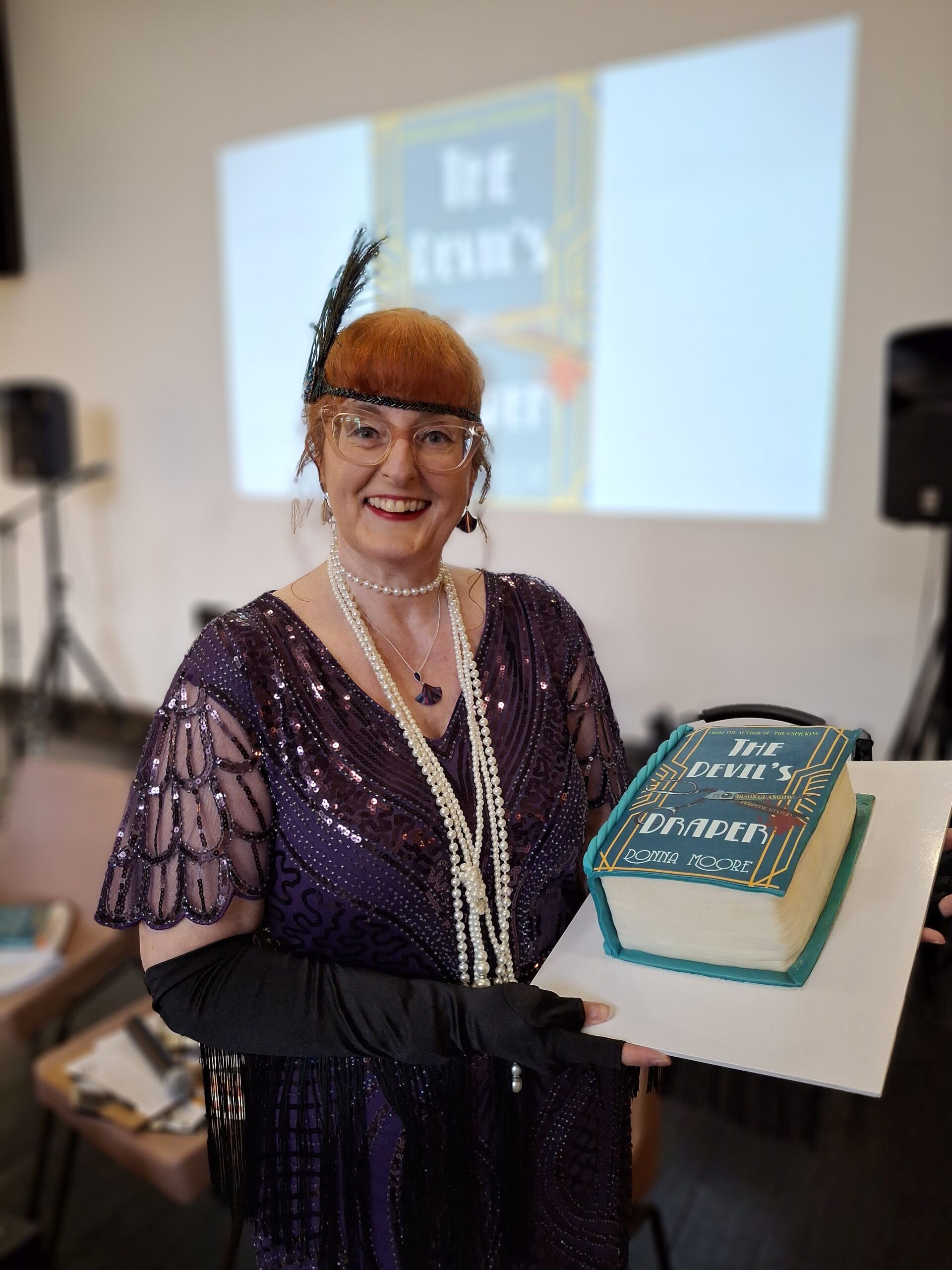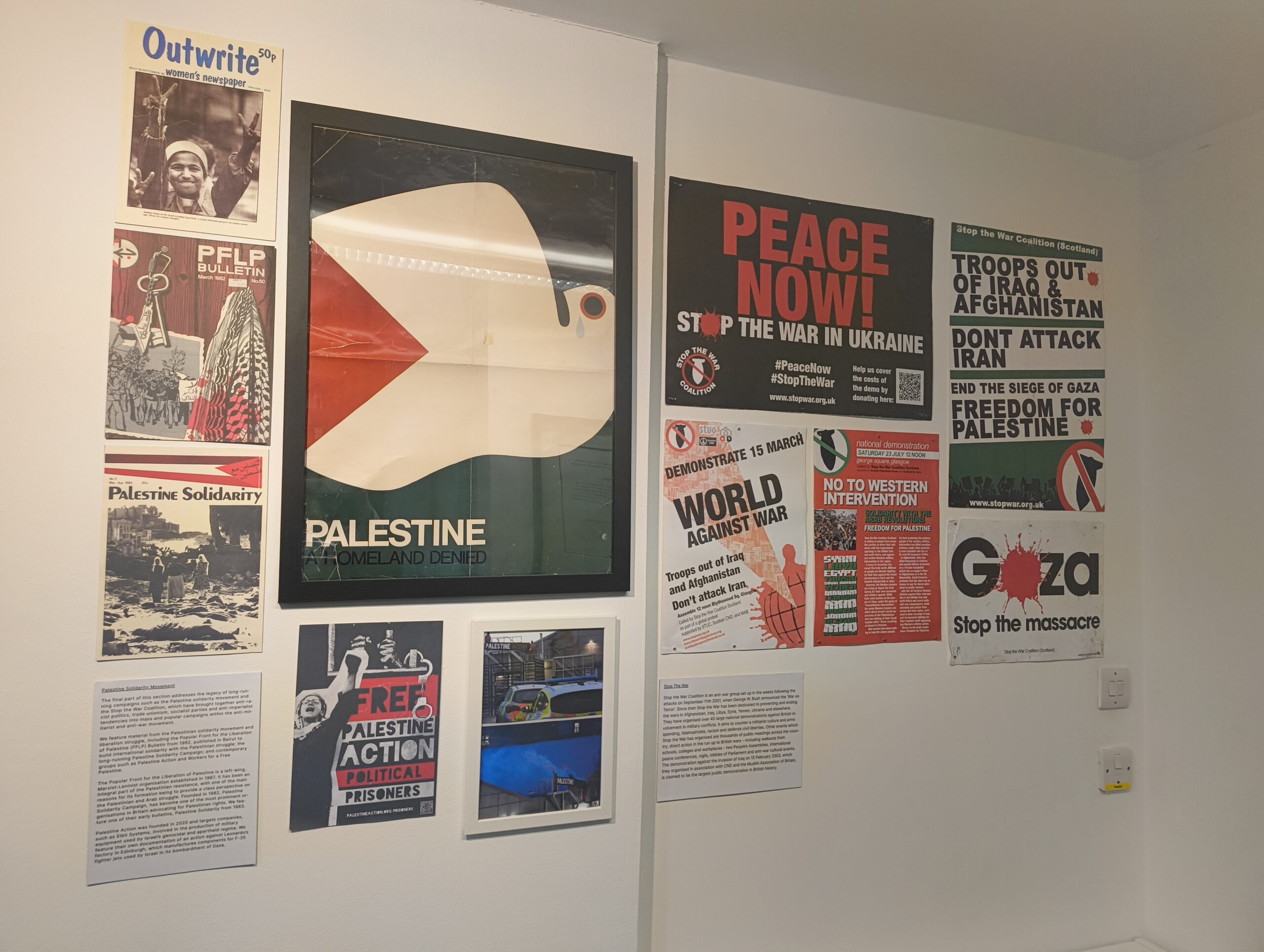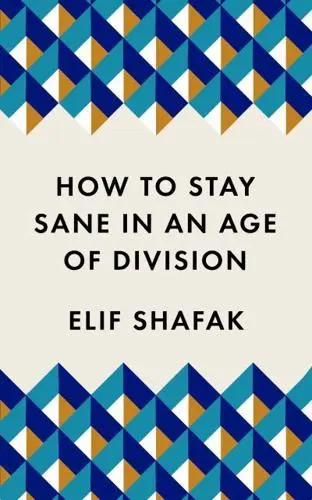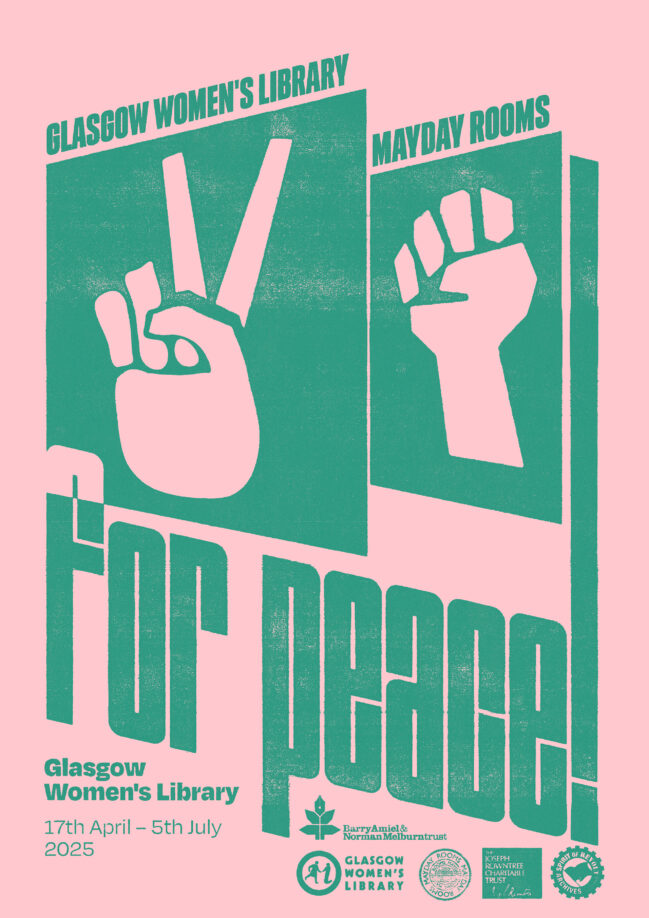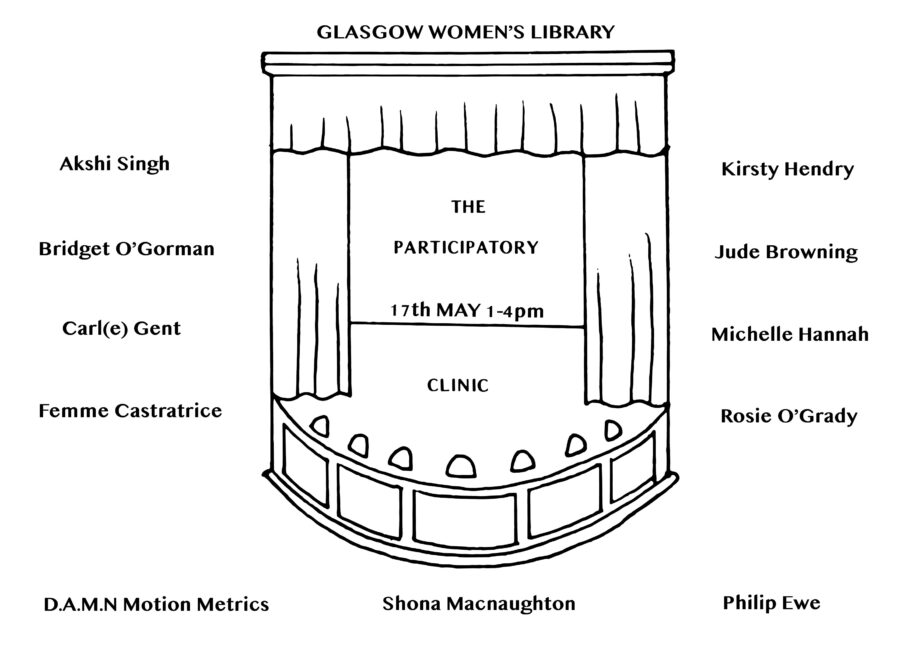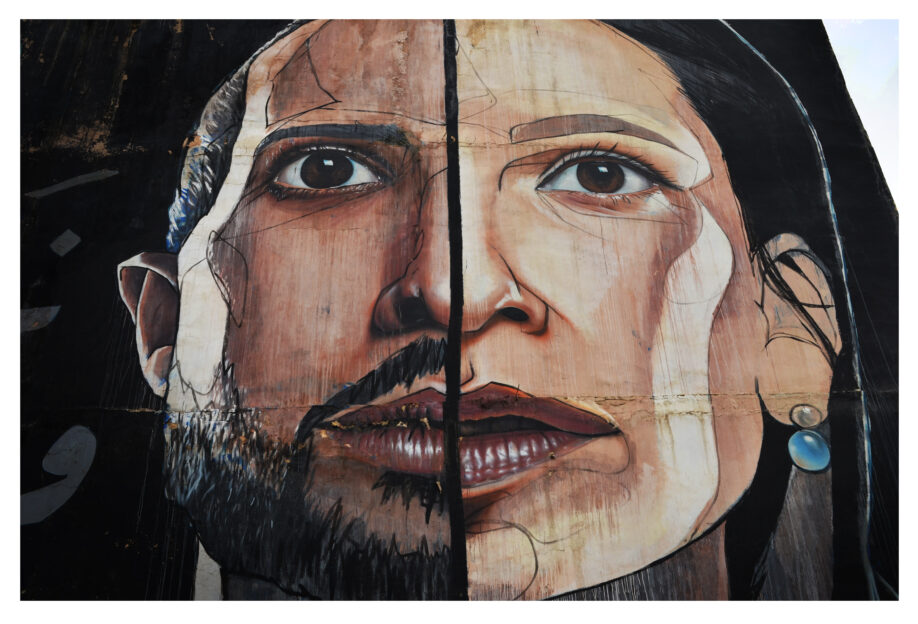Wendy Wood (1892-1981) – writer, artist, sculptor, political campaigner, storyteller
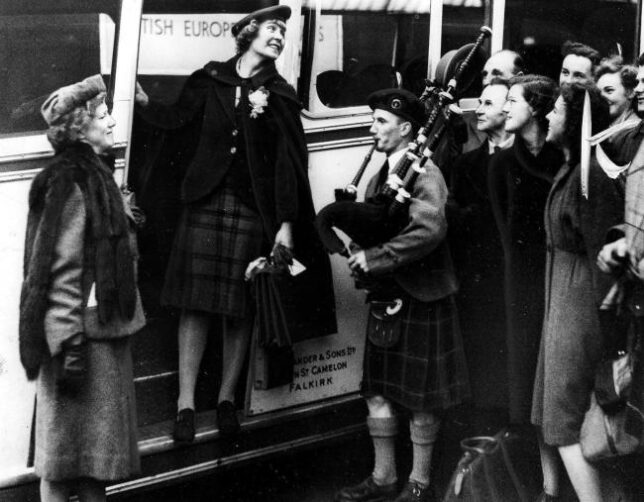
Born Gwendoline Emily Meacham in Maidstone on 29 October 1892, Wendy’s family moved to South Africa in 1894, where they lived during the Boer War. As a child her family holidayed in Scotland, and she was encouraged to think of it as her home. If challenged as to her legitimacy as a Scot, she would reply “One does not have to have to be a horse to have been born in a stable”.
She married Walter Cuthbert in 1913, and the couple road-tripped around Scotland as a holiday, and then moved there. Having married into a strictly religious family and suffering bouts of ill-health, Wood stopped her art for a number of years. She trained as an actress, founded a short-lived documentary film company, and appeared on radio, and later tv, as ‘Auntie Gwen. In 1923 she produced illustrations and poems for her first book ‘The Baby In The Glass’, and illustrated for the children’s magazine Little Dots.
In 1927 she left her job, her home in Dundee, and her husband, and adopted her mother’s maiden name, as a symbol of the new path her life would take her on and her commitment to her art.
In 1928, Wendy was involved in the birth of the National Party of Scotland, later to become the Scottish Nationalist Party, and spoke at public meetings all around the country. This marked the beginning of her political campaigning, writing and art being intertwined throughout the rest of her life.
In 1930 she wrote and illustrated her first published piece of extended prose, ‘The Secret of the Spey’, a travel book about the Spey Valley that reflected on her attachment to nature, and her fascination with Scottish mythology. In 1950 what was possibly her most polished and vivid account of Scottish landscape was published: Moidart and Morar features two sketches, and illustrated endpapers, along with numerous photographs. The text reflects on art, and illustration and connects this with her writing.
“In portraying the face of someone with whose mind he is well acquainted, though his survey be as exact, the artist cannot help portraying character and thought within the limning, of which outsiders are unaware… it is with such familiarity that I approach the writing of a book on this part of the Highlands.”
Her art work evolved from her illustrative early works, into the more abstract, fluid paintings of the 1960s onwards. Both were highly influenced by the landscape and mythology of Scottish nature, particularly faeries.
“I crouched down and looked at it from ground level… the ice-encrusted grass made a full-size forest containing rainbows and mirrored lights, spears and silver pennants and could my body have accompanied my mind into the faerie land of scintillating lights, I would have been drawing rainbows with every breath.”
She shared a studio and lived in Edinburgh with Florence St. John Cadell from 1956 onwards. It is testament to the sheer amount of life lived that she wrote two autobiographies, published in 1970 and 1977!
Throughout her successful career as a writer and artist, Wendy Wood was probably best known for her political campaigning. Having been involved in the founding of the National Party of Scotland in 1927 (which became the Scottish National Party), she founded Scottish Watch in 1931 to involve the nation’s youth, and later formed the Democratic Scottish Self Government Organisation in Fife with local miners. In 1946 she stood for election as an independent candidate, in Bridgeton, the community in the East End of Glasgow that Glasgow Women’s Library now lives in! Having become disillusioned with political parties being more concerned with electoral matters, she founded The Scottish Patriots in 1949, who were more concerned with “cultural matters” of Scotland. They had a ‘Propaganda Van’ which slept two and held a bell tent to sleep 6 – they would embark on weeks-away to speak at public meetings and engage the public with their cause.
Wendy believed in direct action and did not shy away from civil disobedience – she tore down the Union Jack at Stirling Castle during the annual Bannockburn Rally and replaced it with the Lion Rampant, she hung an effigy of the Secretary of State for Scotland in Glasgow, and unfurled a Home Rule banner at the Highland Games. She was first arrested for disrupting a meeting of fascists in Edinburgh. Her second arrest was in order to expose the horrendous conditions in women’s prisons, and to campaign for prison reform – she got herself deliberately arrested and detained in Duke Street prison, in Glasgow’s East End (subsequently closed on account of her campaign). In 1972, at the age of 80, she embarked on a hunger strike to attempt to force the government to follow through on promises regarding Home Rule for Scotland. She asserted that as an artist she was not a propagandist, and had ‘only painted one picture with patriotism as it’s subject’. However the division of her art and politics was not as simple as that – many of her political acts can be read as successful performance art, and throughout her life she designed and created flags, banners, badges and road-signs to help the cause.
Open the Door 2021
Join Amanda Thomson in conversation with Amy Gear on Monday 10th May.
Further links of interest:
Wendy Wood: A Scottish patriot to her very core, The National 21st April 2020
Wendy Wood, Wikipedia entry

